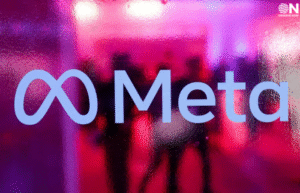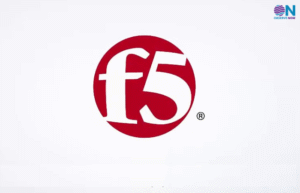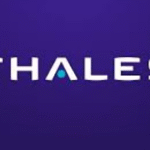India Emerges as the Top Global Target for Mobile Malware Attacks: Zscaler Report

In a stark revelation of evolving cybersecurity threats, Zscaler has published its ThreatLabz 2024 Mobile, IoT, and OT Threat Report, highlighting India’s emergence as the world’s primary target for mobile malware attacks. The report, which analyzed data from June 2023 to May 2024, reveals that India accounted for 28% of global mobile malware attacks, surpassing the United States (27.3%) and Canada (15.9%). This leap from being the third-most targeted country last year underscores an urgent call for stronger cybersecurity measures in India’s rapidly digitizing economy.
Within the Asia-Pacific (APAC) region, India represents 66.5% of mobile malware targets, a figure that underscores the region’s vulnerability. This surge has coincided with a rise in sophisticated phishing campaigns targeting Indian users, particularly those of major private banks. The report highlights that three of the five largest private banks in India have become prime targets, with cybercriminals deploying fake banking websites that closely mimic genuine ones to deceive mobile users into surrendering sensitive financial data.
Despite these challenges, India has made strides in reducing outbound cyber threats. The country ranked 7th in APAC as a malware origin point, improving from its previous 5th place. Singapore, China, and South Korea continue to lead in originating malware.
“Legacy systems and unprotected IoT/OT environments are becoming prime targets for cybercriminals,” noted Suvabrata Sinha, CISO-in-Residence, India at Zscaler. “We see a significant rise in hacking campaigns targeted at these environments. Indian enterprises must adopt a robust Zero Trust security framework to secure their core operational environments. This will not only protect critical systems but also ensure business continuity in an increasingly connected world.”
On a global scale, the report highlights the pervasive nature of cyber threats. Over 200 malicious apps with 8 million collective installs were identified on the Google Play Store. Additionally, the Zscaler cloud observed a 45% year-over-year increase in IoT malware transactions, driven by the proliferation of botnets targeting IoT devices.
“Cybercriminals are increasingly targeting legacy exposed assets which often act as a beachhead to IoT & OT environments, resulting in data breaches and ransomware attacks,” said Deepen Desai, Chief Security Officer, Zscaler. “Mobile malware and AI-driven vishing attacks add to that list, making it critical for CISOs and CIOs to prioritize an AI-powered Zero Trust solution to shut down attack vectors of all kinds, safeguarding against these attacks.”
















